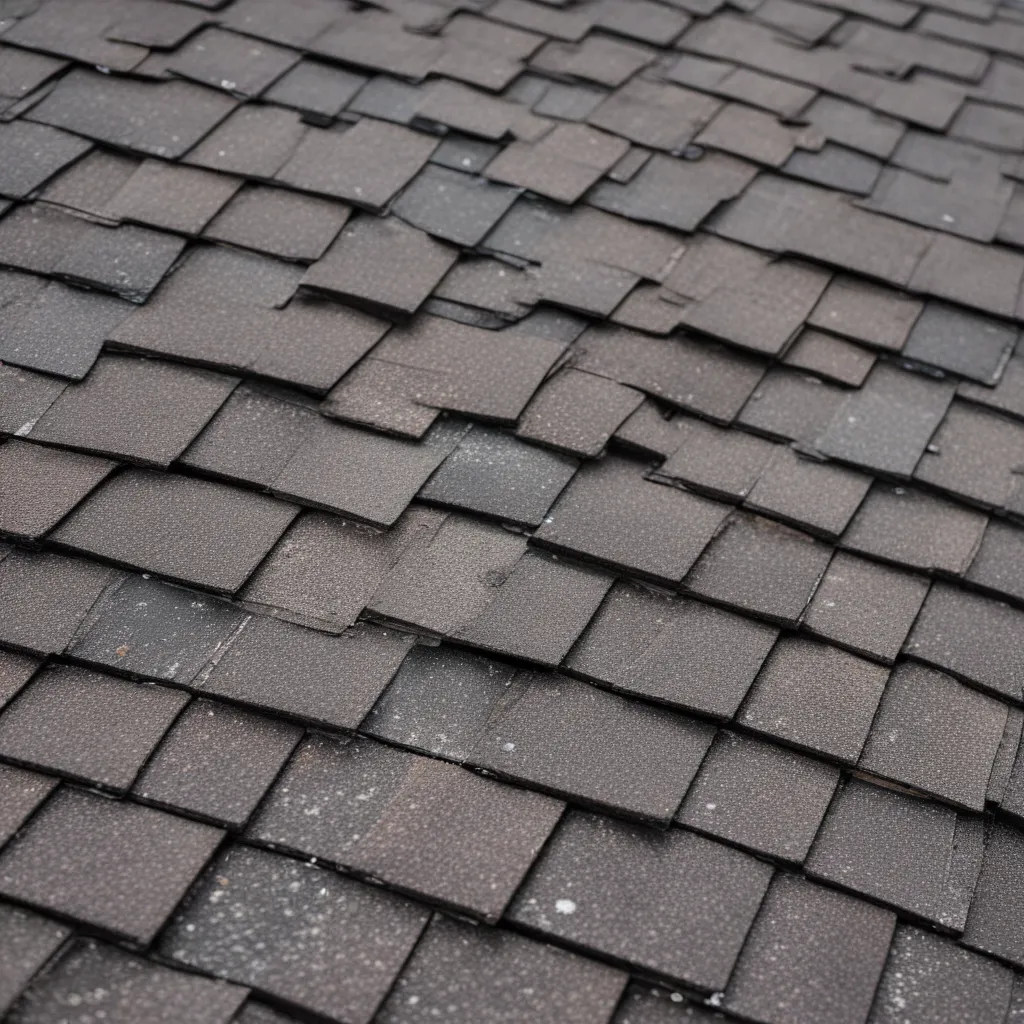
As an experienced roofing specialist, I’ve seen firsthand the critical importance of proper weatherproofing to safeguard a home’s structural integrity and energy efficiency. Whether you’re dealing with the harsh winters of the Midwest or the intense heat and storms of the South, the right roofing techniques can make all the difference. In this comprehensive guide, we’ll explore the fundamentals of roof structure and materials, dive into essential inspection and maintenance practices, and cover a range of weatherproofing strategies to keep your roof in top shape.
Roof Fundamentals
Roof Structure: At its core, a roof is a complex system designed to protect your home from the elements. It consists of a framework of trusses, beams, and rafters that support the roofing materials, as well as the underlayment and sheathing that provide a moisture barrier. Understanding the anatomy of your roof is the first step in ensuring its long-term performance.
Roof Materials: The choice of roofing material can significantly impact a home’s appearance, durability, and energy efficiency. Asphalt shingles remain a popular option due to their affordability and easy installation, while metal roofs are prized for their strength, longevity, and resistance to extreme weather. Tile roofing, with its distinctive Mediterranean-inspired look, offers exceptional weather resistance and thermal properties. Composite and synthetic roofing materials are also gaining traction, combining the aesthetic appeal of traditional options with enhanced performance characteristics.
Roof Anatomy: Mastering the various components of a roof is essential for effective weatherproofing. Key elements include the shingles or tiles, flashing around penetrations, gutters and downspouts for water management, soffits and fascia for airflow, and ventilation systems to regulate temperature and humidity.
Roof Inspection and Maintenance
Periodic Inspections: Regularly scheduled roof inspections, performed by a qualified professional, are the cornerstone of proactive maintenance. These assessments can identify potential issues before they escalate, such as missing or damaged shingles, deteriorating flashing, or clogged gutters. Catching problems early can save you from costly repairs down the line.
Preventive Maintenance: Maintaining your roof doesn’t have to be a daunting task. Simple steps, like clearing debris from gutters and trimming overhanging tree branches, can go a long way in preserving its condition. Applying a protective roof coating or sealant can also enhance your roof’s weatherproofing capabilities.
Damage Assessment: In the event of severe weather or other external factors, it’s crucial to thoroughly inspect your roof for any signs of damage. This could include wind uplift, hail impact, or water infiltration. Addressing these issues promptly is essential to prevent further deterioration and ensure the continued protection of your home.
Weatherproofing Strategies
Roof Reinforcement: Fortifying your roof’s structure can significantly improve its ability to withstand extreme weather conditions. This may involve upgrading to impact-resistant shingles, strengthening roof-to-wall connections, or installing additional bracing and strapping to enhance wind uplift resistance.
Sealant Application: Properly sealing vulnerable areas of your roof, such as around skylights, chimneys, and roof penetrations, can create a robust barrier against water intrusion. High-quality roofing sealants and caulks are essential for maintaining a watertight seal over time.
Ventilation Improvements: Ensuring adequate attic ventilation is a crucial aspect of weatherproofing. Proper airflow helps regulate temperature and humidity, preventing the buildup of moisture that can lead to mold, mildew, and structural damage. Exploring options like ridge vents, soffit vents, and power ventilators can enhance your roof’s overall performance.
Common Roof Issues
Leaks and Water Damage: Identifying and addressing leaks is a top priority for any homeowner. Persistent water infiltration can cause significant damage to your home’s interior, leading to mold growth, rotting wood, and costly repairs. Proactive maintenance and prompt leak detection are key to preventing these issues.
Structural Degradation: Over time, exposure to the elements can take a toll on the structural components of your roof. Rotting, warping, and crumbling of trusses, rafters, and sheathing can compromise the overall integrity of your roof, putting your home at risk. Regular inspections and timely repairs are essential to maintain structural soundness.
Extreme Weather Resilience: In many regions, roofs must contend with extreme weather conditions, such as high winds, heavy snowfall, or hail. Ensuring your roof is equipped to withstand these challenges is crucial for safeguarding your home. Upgrading to impact-resistant roofing materials and reinforcing vulnerable areas can enhance your roof’s resilience.
Roof Repair and Replacement
Patching and Restoration: In some cases, targeted repairs, such as replacing damaged shingles or flashing, can effectively address localized issues and extend the lifespan of your existing roof. Consult with a professional roofing contractor to determine the most appropriate solution for your specific needs.
Full Roof Replacement: If your roof has reached the end of its useful life or sustained extensive damage, a complete replacement may be the best course of action. This process involves the removal of the existing roofing system and the installation of a new one, ensuring your home is protected for years to come. Be mindful of local building codes and permitting requirements when embarking on a roof replacement project.
Sustainable Roof Solutions
Energy-Efficient Roofing: Choosing roofing materials with high thermal emissivity and solar reflectance can significantly improve your home’s energy efficiency, reducing cooling costs and minimizing your carbon footprint. Metal roofs and specialized reflective coatings are popular options in this regard.
Green Roof Systems: For homeowners seeking a more eco-friendly approach, green roof systems, which incorporate living vegetation, offer numerous benefits, including improved stormwater management, enhanced insulation, and increased biodiversity.
Recycling and Disposal: At the end of a roof’s lifespan, responsible disposal and recycling of roofing materials can have a positive environmental impact. Explore options for recycling asphalt shingles, reclaiming metal roofing, and repurposing tile or composite materials.
By understanding the fundamentals of roof structure and materials, implementing proactive inspection and maintenance practices, and adopting weatherproofing strategies tailored to your local climate, you can ensure your roof remains in top shape, safeguarding your home and enhancing its energy efficiency. For more information on genuine roofing solutions, visit Genuine Roof Systems.

























